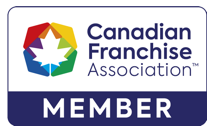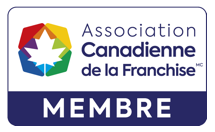In an age of litigation and consumer rights, where clients are likely to complain or litigate, regulated professionals must be aware about the ways in which they can be held liable for failing to meet professional standards. There are many ways in which clients can show displeasure, including refusing to pay fees, commencing a law suit or complaining to a professional body such as a regulated health college. Civil Claims If a professional fails to provide services which meet the standards of the profession (for example, if an engineer does not provide a drawing which a reasonable engineer in the same circumstances would produce), he or she may be liable in tort, negligence, or for breach of contract. To protect against civil claims, professionals should obtain errors and omissions insurance.Professional Complaints and Discipline Regulated professionals must also know how to respond to professional complaints. Most regulatory bodies have a complaint and discipline procedure under an Act or By-laws. If a client or a patient has a complaint about a professional, the client can generally complain in writing to a Complaints Committee. The Complaints Committee, usually composed of members of the profession, will bring professional judgment to bear on whether the professional complained about has acted in accordance with the standards of the profession. The professional will be given an opportunity to respond to the complaint in writing. The Complaints Committee will review the written complaint and the written response and may ask for additional or supplementary information. The Committee will then decide whether the complaint should be referred to a Discipline Committee or if it should be dismissed as not worthy of pursuing. Discipline Committees are also composed of members of the profession and often members of the public. The Committee will hear submissions from the complainant and from the professional before making a decision on whether the professional has breached one or more professional standards. What To Do To Prevent Complaints One of the principal causes of complaints is lack of communication. Many complaints can be avoided by open and professional discussions with the client. This includes listening carefully and responding to the stated, and sometimes unstated, concerns. Documenting these discussions throughout the contractual relationship with the client is good business practice. What A Professional Can Do If A Complaint Is Made First of all, do not treat the complaint lightly. Respond thoughtfully and carefully to the allegations made in the complaint. Second, it might be useful to ask an experienced colleague to review the work (subject to any applicable privacy restrictions) to see whether there is any substance to the complaint. If there is some substance to the complaint, it may be better to acknowledge the error and to offer remedial action. Third, although professionals need not be represented by counsel, he or she may wish to retain counsel to advise on rights, particularly if the matter proceeds to discipline. Last, if the matter goes before a Discipline Committee, it may be wise to acknowledge errors, as this shows professionalism. Professionals should be open to taking remedial courses or to undertake mentorship. Discipline Committees are generally interested in remedying, not punishing. While Committees must protect the rights of the client/public it must also respect professionals’ rights and treat them fairly.
Contact Us
 2 St Clair Ave West
2 St Clair Ave WestSuite 700
Toronto, ON M4V 1L5
Canada
Phone: (416) 863-0125
Fax: (416) 863-3997




Questions? Send us an email.
© 2025 Mills & Mills LLP. All rights reserved. AODA Policy / Privacy Policy / Disclaimer
Law Firm Marketing
